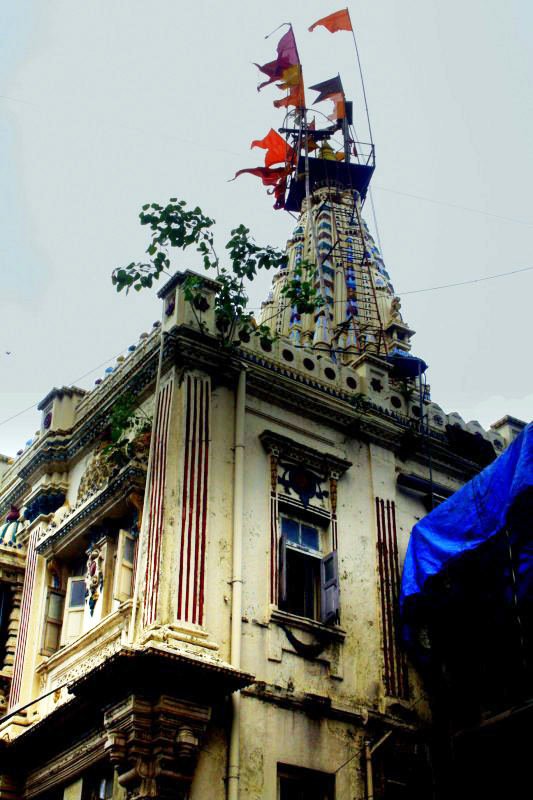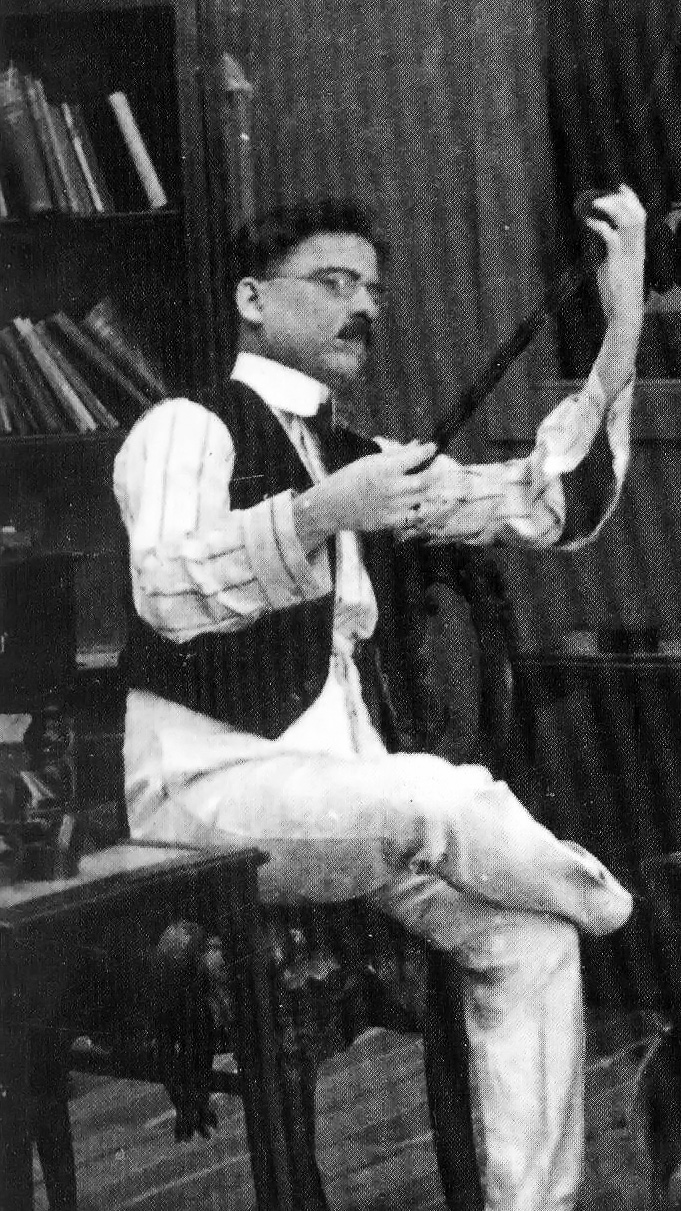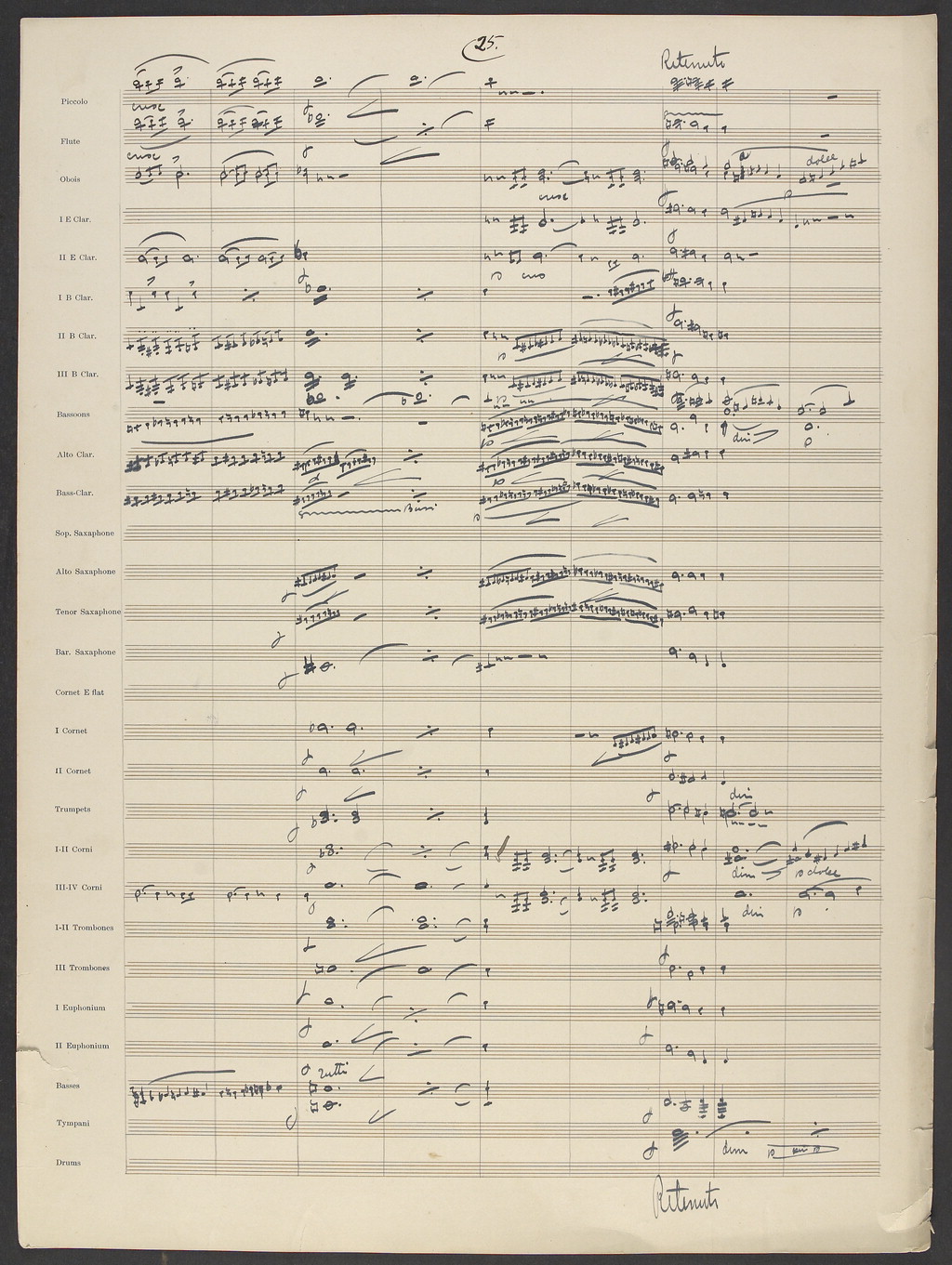|
Anu Malik
Anwar Sardar "Anu" Malik (born 2 November 1960) is an Indian music composer, singer, music arranger and score composer. He is an Indian National Award and Filmfare Award winning musician, who primarily composes music for the Hindi film industry. He is the son of Sardar Malik. As a music director, he has composed music for various genres of films, and has created several commercially successful songs for the Hindi (Bollywood) film music industry. Malik is also known for the use of the tabla in some of his songs, including "Taal Pe Jab"' and "Mere Humsafar" from the film ''Refugee'', "Tumse Milke Dilka Jo Haal" from '' Main Hoon Na'', "Eli Re Eli" from '' Yaadein'' and "Baazigar O Baazigar" from the film '' Baazigar''. Malik's song " Chamma Chamma" from '' China Gate'' was used in the Hollywood film '' Moulin Rouge!'' starring Nicole Kidman. Malik was a judge on ''Indian Idol'' from its first season in 2004 until 2018 when he left after "Me Too" allegation. He returned ... [...More Info...] [...Related Items...] OR: [Wikipedia] [Google] [Baidu] |
Mumbai
Mumbai (, ; also known as Bombay — the official name until 1995) is the capital city of the Indian state of Maharashtra and the ''de facto'' financial centre of India. According to the United Nations, as of 2018, Mumbai is the second-most populous city in India after Delhi and the eighth-most populous city in the world with a population of roughly 20 million (2 crore). As per the Indian government population census of 2011, Mumbai was the most populous city in India with an estimated city proper population of 12.5 million (1.25 crore) living under the Brihanmumbai Municipal Corporation. Mumbai is the centre of the Mumbai Metropolitan Region, the sixth most populous metropolitan area in the world with a population of over 23 million (2.3 crore). Mumbai lies on the Konkan coast on the west coast of India and has a deep natural harbour. In 2008, Mumbai was named an alpha world city. It has the highest number of millionaires and billionaires among all ... [...More Info...] [...Related Items...] OR: [Wikipedia] [Google] [Baidu] |
Saxophone
The saxophone (often referred to colloquially as the sax) is a type of Single-reed instrument, single-reed woodwind instrument with a conical body, usually made of brass. As with all single-reed instruments, sound is produced when a reed (mouthpiece), reed on a Mouthpiece (woodwind), mouthpiece vibrates to produce a sound wave inside the instrument's body. The Pitch (music), pitch is controlled by opening and closing holes in the body to change the effective length of the tube. The holes are closed by leather pads attached to keys operated by the player. Saxophones are made in various sizes and are almost always treated as transposing instruments. Saxophone players are called ''wikt:saxophonist, saxophonists''. The saxophone is used in a wide range of musical styles including classical music (such as concert bands, chamber music, List of concert works for saxophone, solo repertoire, and occasionally orchestras), military bands, marching bands, jazz (such as big bands and jazz comb ... [...More Info...] [...Related Items...] OR: [Wikipedia] [Google] [Baidu] |
Yaadein (2001 Film)
''Yaadein'' () is a 2001 Indian Hindi-language musical drama film written, directed, edited and produced by Subhash Ghai. The ensemble cast cross over film starring Jackie Shroff, Hrithik Roshan, and Kareena Kapoor.It was inspired by Jane Austen's ''Pride and Prejudice''. The film was released worldwide on 27 July 2001 to negative reviews and was a box office disappointment. Jackie Shroff received a nomination for Filmfare Award for Best Supporting Actor at the 47th Filmfare Awards. Despite its box office failure, the film was profitable due to ancillary revenues of , including from selling music rights to Tips. The filming took place in locations such as the Cliveden House, which was used as Ronit's family mansion, the Apex Bar and Restaurant, Radisson Hampshire, the Leicester Square, the Ascot, the King's Arms Pub, the Thames Embankment, the Thorpe Park, the Tower Bridge, the Windsor Great Park, the Windsor and Eton Central railway station, the Windsor Castle, the Piccadi ... [...More Info...] [...Related Items...] OR: [Wikipedia] [Google] [Baidu] |
Main Hoon Na
''Main Hoon Na'' () is a 2004 Indian Hindi-language masala film written and directed by Farah Khan in her directorial debut. The film stars Shah Rukh Khan, Sushmita Sen, Sunil Shetty, Amrita Rao and Zayed Khan, and follows Major Ram Sharma, who is sent on a undercover mission as a university student to protect a general's daughter from a dangerous rogue soldier. The film began development in 2001, and faced a number of delays during production. ''Main Hoon Na'' is notable for approaching the Indo-Pakistani conflict from a neutral perspective. It was filmed at St. Paul's School and the surrounding state of West Bengal. The film is also the first produced and distributed by Red Chillies Entertainment, and is produced by Gauri Khan. Initially scheduled for release in 2003, ''Main Hoon Na'' released on 30 April 2004. It proved to be a major commercial success at the box office, grossing ₹84 crore, thus becoming the second highest-grossing Indian film of 2004, only surpassed ... [...More Info...] [...Related Items...] OR: [Wikipedia] [Google] [Baidu] |
Refugee (2000 Film)
''Refugee'' is a 2000 Indian Hindi-language romantic drama film written and directed by J. P. Dutta. It marked the debut of both the leading actors, Abhishek Bachchan and Kareena Kapoor. The film also starred Jackie Shroff, Sunil Shetty and Anupam Kher. ''Refugee'' was an average grosser at the box office and was the fifth highest-grossing film of that year. It is the story of an unnamed Indian Muslim, who helps illegal refugees from India and Pakistan (including modern-day Bangladesh) cross the border through the Great Rann of Kutch. The film is attributed to have been inspired by the short story "''Love Across the Salt Desert''" by Keki N. Daruwalla. Plot Bihar-based Manzur Ahmad and his family had migrated to East Pakistan after the partitioning of India in 1947. However, after the formation of the state of Bangladesh in 1971, he and several other people were forced to relocate to the western part of Pakistan. To do this by land, they will have to cross India. The route ... [...More Info...] [...Related Items...] OR: [Wikipedia] [Google] [Baidu] |
Tabla
A tabla, bn, তবলা, prs, طبلا, gu, તબલા, hi, तबला, kn, ತಬಲಾ, ml, തബല, mr, तबला, ne, तबला, or, ତବଲା, ps, طبله, pa, ਤਬਲਾ, ta, தபலா, te, తబలా, ur, , group="nb", name="nb" is a pair of twin hand drums from the Indian subcontinent, that are somewhat similar in shape to the bongos. Since the 18th century, it has been the principal percussion instrument in Hindustani classical music, where it may be played solo, as accompaniment with other instruments and vocals, and as a part of larger ensembles. It is frequently played in popular and folk music performances in India, Bangladesh, Afghanistan, Pakistan, Nepal and Sri Lanka.Tabla Encyclopædia Britannica The tabla is an essential instrument in the |
Hindi Film Industry
Hindi cinema, popularly known as Bollywood and formerly as Bombay cinema, refers to the film industry based in Mumbai, engaged in production of motion pictures in Hindi language. The popular term Bollywood, is a portmanteau of "Bombay" (former name of Mumbai) and "Hollywood". The industry is a part of the larger Indian cinema, which also includes South Cinema and other smaller film industries. In 2017, Indian cinema produced 1,986 feature films, of which the largest number, 364 have been from Hindi. , Hindi cinema represented 43 percent of Indian net box-office revenue; Tamil and Telugu cinema represented 36 percent, and the remaining regional cinema constituted 21 percent. Hindi cinema has overtaken the U.S. film industry to become the largest centre for film production in the world. In 2001 ticket sales, Indian cinema (including Hindi films) reportedly sold an estimated 3.6 billion tickets worldwide, compared to Hollywood's 2.6 billion tickets sold. Earlier Hindi films ... [...More Info...] [...Related Items...] OR: [Wikipedia] [Google] [Baidu] |
Filmfare Award
The Filmfare Awards are annual awards that honour artistic and technical excellence in the Hindi-language film industry of India.Al The Filmfare ceremony is one of the most famous film events in India. The awards were first introduced by the Filmfare magazine of The Times Group in 1954, the same year as the National Film Awards. They were initially referred to as the "Clare Awards" or "The Clares" after Clare Mendonca, the editor of ''The Times of India''. A dual voting system was developed in 1956. Under this system, in contrast to the National Film Awards, which are decided by a panel appointed by the Indian Government, the Filmfare Awards are voted on by both the public and a committee of experts. The ceremony has been sponsored by various private organisations in the past as well as in present provisions. During several years in the 1990s, a live ceremony was broadcast to television audiences but was later discontinued due to unknown reasons. Since 2001, a recorded an ... [...More Info...] [...Related Items...] OR: [Wikipedia] [Google] [Baidu] |
Indian National Award
The National Film Awards is the most prominent film award ceremony in India. Established in 1954, it has been administered, along with the International Film Festival of India and the Indian Panorama, by the Indian government's Directorate of Film Festivals since 1973. Every year, a national panel appointed by the government selects the winning entry, and the award ceremony is held in New Delhi, where the President of India presents the awards. This is followed by the inauguration of the National Film Festival, where award-winning films are screened for the public. Declared for films produced in the previous year across the country, they hold the distinction of awarding merit to the best of Indian cinema overall, as well as presenting awards for the best films in each region and language of the country. History The Awards were first presented in 1954. The Government of India conceived the ceremony to honor films made across India, on a national scale, to encourage the ... [...More Info...] [...Related Items...] OR: [Wikipedia] [Google] [Baidu] |
Score Composer
A film score is original music written specifically to accompany a film. The score comprises a number of orchestral, instrumental, or choral pieces called cues, which are timed to begin and end at specific points during the film in order to enhance the dramatic narrative and the emotional impact of the scene in question. Scores are written by one or more composers under the guidance of or in collaboration with the film's director or producer and are then most often performed by an ensemble of musicians – usually including an orchestra (most likely a symphony orchestra) or band, instrumental soloists, and choir or vocalists – known as playback singers – and recorded by a sound engineer. The term is less frequently applied to music written for other media such as live theatre, television and radio programs, and video game, and said music is typically referred to as either the soundtrack or incidental music. Film scores encompass an enormous variety of styles o ... [...More Info...] [...Related Items...] OR: [Wikipedia] [Google] [Baidu] |
Music Director
A music(al) director or director of music is the person responsible for the musical aspects of a performance, production, or organization. This would include the artistic director and usually chief conductor of an orchestra or concert band, the director of music of a film, the director of music at a radio station, the person in charge of musical activities or the head of the music department in a school, the coordinator of the musical ensembles in a university, college, or institution (but not usually the head of the academic music department), the head bandmaster of a military band, the head organist and choirmaster of a church, or an organist and master of the choristers (the title given to a director of music at a cathedral, particularly in England). Orchestra The title of "music director" or "musical director" is used by many symphony orchestras to designate the primary conductor and artistic leader of the orchestra. The term "music director" is most common for orchestras ... [...More Info...] [...Related Items...] OR: [Wikipedia] [Google] [Baidu] |
Music Arranger
In music, an arrangement is a musical adaptation of an existing composition. Differences from the original composition may include reharmonization, melodic paraphrasing, orchestration, or formal development. Arranging differs from orchestration in that the latter process is limited to the assignment of notes to instruments for performance by an orchestra, concert band, or other musical ensemble. Arranging "involves adding compositional techniques, such as new thematic material for introductions, transitions, or modulations, and endings. Arranging is the art of giving an existing melody musical variety".(Corozine 2002, p. 3) In jazz, a memorized (unwritten) arrangement of a new or pre-existing composition is known as a ''head arrangement''. Classical music Arrangement and transcriptions of classical and serious music go back to the early history of this genre. Eighteenth century J.S. Bach frequently made arrangements of his own and other composers' pieces. ... [...More Info...] [...Related Items...] OR: [Wikipedia] [Google] [Baidu] |



.jpg)


